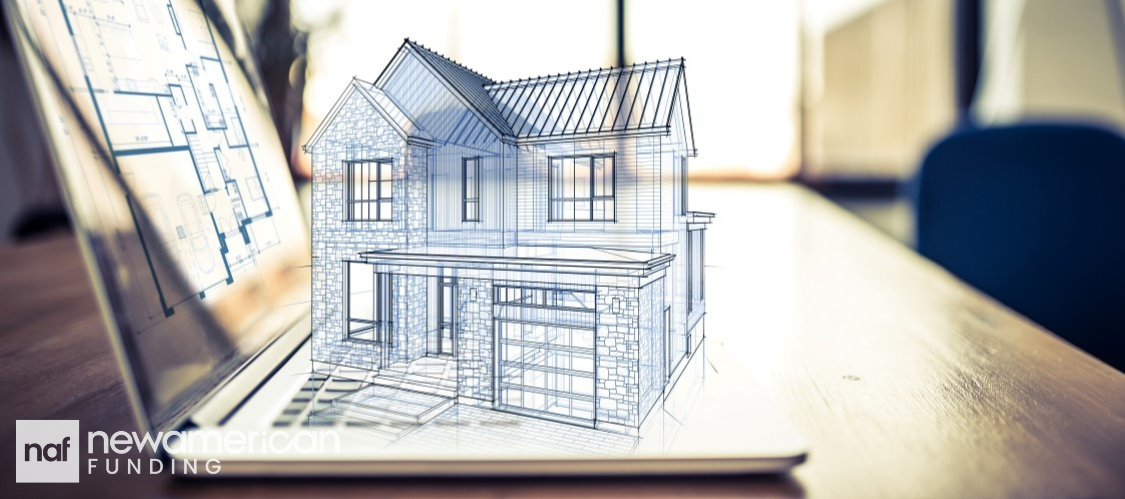
These days, those hoping to buy a home have to contend with consistently rising home prices and mortgage rates that stubbornly refuse to come down. As a result, many are looking for any possible way to save money on the homebuying process.
Luckily, some good news is on the way. More homebuyers will soon be able to buy a home without needing to pay for an appraisal.
That could save certain homebuyers hundreds of dollars on their home loan.
Fannie Mae and Freddie Mac, the government-sponsored enterprises (GSEs) that back most of the new mortgages originated in the U.S., recently announced that they are expanding a program that will allow many buyers to purchase homes without appraisals.
The changes are designed to allow “more borrowers, particularly first-time and low- to moderate-income borrowers, to benefit from cost savings and reduced closing times,” according to an announcement from Fannie and Freddie’s regulator, the Federal Housing Finance Agency.
The appraisal changes are expected to take effect in the first quarter of 2025, although the GSEs did not specify the exact date.
The rise of alternatives to home appraisals

Homebuyers typically pay between $300 and $699 for an appraisal, although some may cost more or less, according to a 2023 survey from the National Association of Realtors. Appraisals are usually required for home purchases and some refinances.
However, appraisal alternatives have increased in popularity over the last few years, driven by the pandemic, development of property valuation technology, and a desire to lower costs for homebuyers.
Fannie and Freddie have helped lead this charge by agreeing to accept alternative forms of appraisals, helping to save borrowers billions of dollars.
According to Fannie Mae, its acceptance of appraisal alternatives has saved borrowers more than $2.5 billion since 2020. Freddie Mac estimates that its appraisal waivers have saved borrowers more than $1.63 billion.
However, only borrowers who had a 20% down payment were eligible for these alternative appraisals.
That’s about to change.
Expansion of appraisal waivers to more homebuyers
Beginning in 2025, homebuyers with a 10% down payment for a Freddie- or Fannie-backed loan will not have to pay for an appraisal.
But that’s not the only expansion of the appraisal alternative program.
Fannie and Freddie both back mortgages with as little as 3% down. Prior to this announcement, homebuyers with the minimum down payment were not eligible for any form of appraisal waiver.
These borrowers will be eligible for an “inspection-based appraisal waiver,” which allows for the onsite collection of property information rather than a full appraisal.
Inspection-based appraisals typically cost around $200. That means borrowers with a 3% down payment or above could save hundreds of dollars on their loan given the lower cost of the inspection compared to a full appraisal.
The GSEs state that these changes will help people save money when they’re buying a home.
“We have been working to create new technology features that simplify the mortgage process and reduce costs for both borrowers and lenders,” Sonu Mittal, SVP and head of Single-Family Acquisitions at Freddie Mac, said in a statement.










